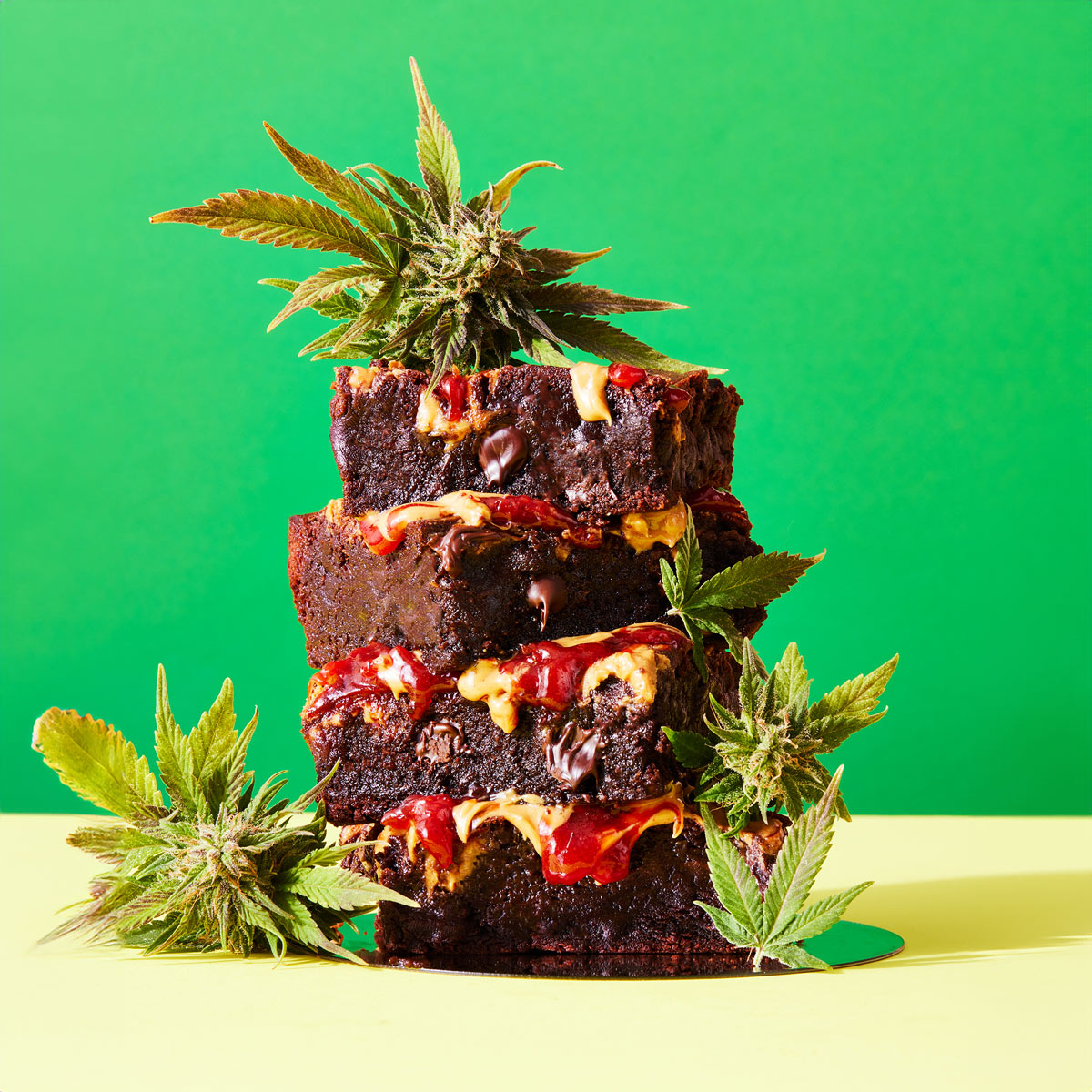Navigating the Legal Landscape: Understanding Cannabis Cooking Regulations
Introduction
The legalization of cannabis has opened up new opportunities in various industries, including the culinary world. With the increasing popularity of cannabis-infused edibles, it is crucial for chefs, home cooks, and entrepreneurs to understand the legal landscape surrounding cannabis cooking. From licensing requirements to product labeling guidelines, navigating through the regulations can be complex. This article aims to shed light on some of the essential regulations to keep in mind when venturing into the world of cannabis cooking.
Licensing and Permits
Before embarking on any cannabis cooking ventures, it is vital to familiarize yourself with the licensing and permit requirements in your jurisdiction. Each country, state, or province may have its own specific set of regulations governing cannabis-infused food products. Obtaining the necessary licenses and permits ensures that you are operating within the legal framework and can help avoid potential legal repercussions.
Example Regulations:
Product Compliance
When it comes to cannabis cooking, it is essential to abide by specific product compliance regulations. This includes aspects such as maximum THC content per serving, accurate product labeling, child-resistant packaging, and appropriate storage instructions. Failure to comply with these regulations may result in legal penalties and recalls.
Example Regulations:
Safe Handling and Storage
When working with cannabis as an ingredient, it is crucial to ensure safe handling and proper storage to maintain product quality and prevent contamination. This includes maintaining appropriate hygiene standards, storing raw ingredients separately, implementing temperature controls, and following good manufacturing practices.
Example Regulations:
Advertising and Marketing Restrictions
Understanding the advertising and marketing restrictions is essential to promote cannabis-infused culinary products in compliance with the law. Many jurisdictions have strict regulations on how cannabis products can be advertised and marketed, including limitations on claims, packaging designs, and restrictions on advertising to minors or certain demographics.
Example Regulations:
Conclusion
Navigating the legal landscape surrounding cannabis cooking regulations is crucial for anyone involved in the industry. By understanding the licensing requirements, product compliance guidelines, safe handling practices, and advertising restrictions, chefs, home cooks, and entrepreneurs can ensure they operate within the law and produce high-quality, compliant cannabis-infused culinary products.
Note: The regulations linked in this article are fictional and are only provided as examples.
Share:




